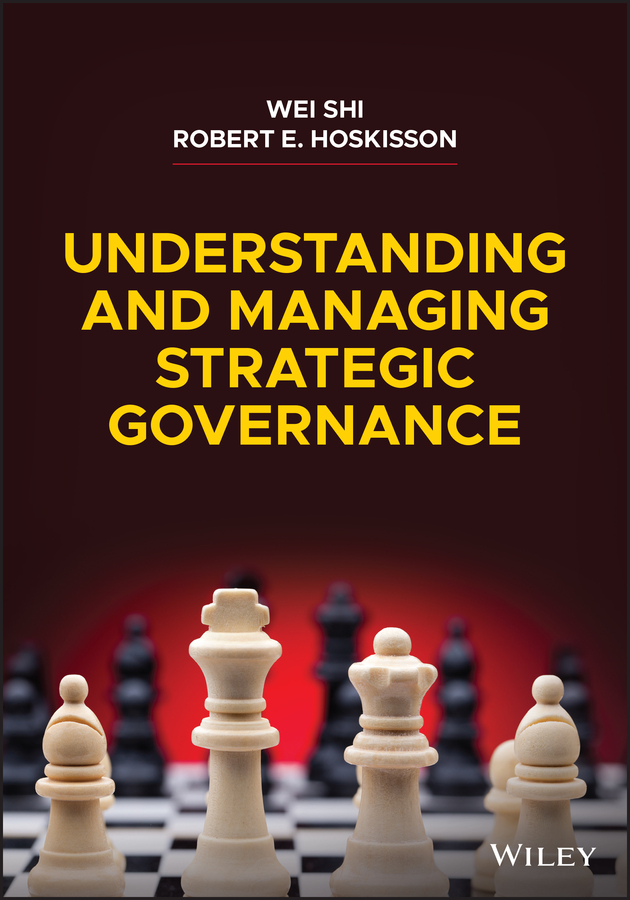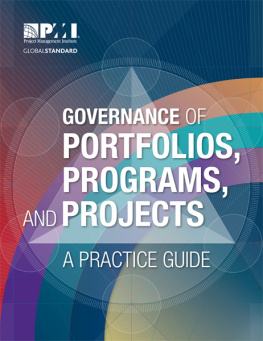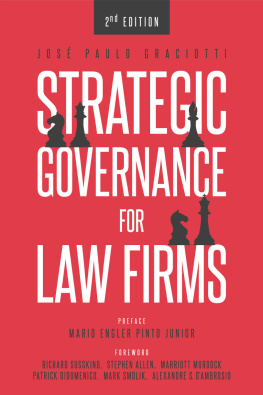
Table of Contents
List of Illustrations
- Chapter 1
- Chapter 2
- Chapter 3
- Chapter 4
- Chapter 5
- Chapter 6
- Chapter 7
- Chapter 8
- Chapter 9
Guide
Pages
Understanding and Managing Strategic Governance
WEI SHI
ROBERT E. HOSKISSON

Copyright 2021 by John Wiley & Sons, Inc. All rights reserved.
Published by John Wiley & Sons, Inc., Hoboken, New Jersey.
Published simultaneously in Canada.
No part of this publication may be reproduced, stored in a retrieval system, or transmitted in any form or by any means, electronic, mechanical, photocopying, recording, scanning, or otherwise, except as permitted under Section 107 or 108 of the 1976 United States Copyright Act, without either the prior written permission of the Publisher, or authorization through payment of the appropriate per-copy fee to the Copyright Clearance Center, Inc., 222 Rosewood Drive, Danvers, MA 01923, (978) 750-8400, fax (978) 750-4470, or on the web at www.copyright.com. Requests to the Publisher for permission should be addressed to the Permissions Department, John Wiley & Sons, Inc., 111 River Street, Hoboken, NJ 07030, (201) 748-6011, fax (201) 748-6008, or online at http://www.wiley.com/go/permission.
Limit of Liability/Disclaimer of Warranty: While the publisher and author have used their best efforts in preparing this book, they make no representations or warranties with respect to the accuracy or completeness of the contents of this book and specifically disclaim any implied warranties of merchantability or fitness for a particular purpose. No warranty may be created or extended by sales representatives or written sales materials. The advice and strategies contained herein may not be suitable for your situation. You should consult with a professional where appropriate. Neither the publisher nor author shall be liable for any loss of profit or any other commercial damages, including but not limited to special, incidental, consequential, or other damages.
For general information on our other products and services or for technical support, please contact our Customer Care Department within the United States at (800) 762-2974, outside the United States at (317) 572-3993 or fax (317) 572-4002.
Wiley also publishes its books in a variety of electronic formats. Some content that appears in print may not be available in electronic formats. For more information about Wiley products, visit our website at www.wiley.com.
Library of Congress Cataloging-in-Publication Data is Available:
Names: Shi, Wei, 1981- author. | Hoskisson, Robert E., 1948-author.
Title: Understanding and managing strategic governance / Wei Shi, Robert Edwin Hoskisson.
Description: First edition. | Hoboken, New Jersey : Wiley, 2021. | Includes index.
Identifiers: LCCN 2021022872 (print) | LCCN 2021022873 (ebook) | ISBN 9781119798255 (cloth) | ISBN 9781119798309 (adobe pdf) | ISBN 9781119798286 (epub)
Subjects: LCSH: Corporate governance. | Decision making. | Strategic planning. | Information technologyManagement.
Classification: LCC HD2741 .S4985 2021 (print) | LCC HD2741 (ebook) | DDC 658.4dc23
LC record available at https://lccn.loc.gov/2021022872
LC ebook record available at https://lccn.loc.gov/2021022873
Cover Design: Wiley
Cover Image: Sergey Mironov\shutterstock
The book is dedicated to our parents, Xiangsheng Shi, Shimei Hui, Claude W. Hoskisson, and Carol B. Hoskisson, for their constant love and support.
Preface
Corporate executives are responsible for making a myriad of strategic decisions that shape a firm's competitiveness and performance. Yet, executives' strategic choices are constrained by governance actors, such as the board of directors or institutional investors, who can directly or indirectly influence corporate decisions. Although much has been written about corporate governance, there is no systematic analysis of how governance actors can influence strategic decisions. A company's strategic decisions such as R&D investment and business expansion determine its competitive position and ability to care for its stakeholders. Meanwhile, governance actors can influence these important decisions through deliberate involvement but also through unintentional means. Thus, understanding and managing how governance actors shape strategic decisions is crucial to both corporate executives and governance actors.
This book explains the impact of governance actors on strategic decisions, which is referred to as strategic governance, and provides suggestions on how corporate executives can leverage governance actors to make effective strategic decisions. To facilitate our discussion, we classify governance actors into internal and external governance actors and analyze their respective influences on a myriad of strategic decisions, including corporate strategy, competitive strategy, global strategy, innovation strategy, stakeholder strategy, and corporate political strategy. Internal governance actors refer to governance actors who have direct employment relationships with a firm and include the board of directors, peer executives, and employees. In contrast, external governance actors are those who do not have direct employment relationships with a firm and consist of investors, customers, suppliers, and external information intermediaries, such as financial analysts, rating agencies, and government regulators.
HOW TO USE THIS BOOK
The book is organized as follows. , we offer our evaluation of new trends in the governance landscape and our recommendations on how corporate executives and governance actors can work together to navigate these trends successfully.
In formulating each chapter, we carefully studied the most recent academic research to ensure that the content about strategic governance is up to date and accurate, as evidenced by the detailed endnotes for each chapter. In addition, we continuously read articles appearing in many different business publications (e.g., Wall Street Journal, Bloomberg Businessweek, Fortune, Financial Times, Fast Company, Forbes, and Harvard Business Review, to name a few). By studying a wide array of sources, we have identified valuable examples of how companies across the world are affected by governance actors and their consequences on managerial strategic decisions.
Each chapter begins with a boxed example labeled Strategic Governance Challenge, and there are breakout examples within the body of each chapter (labeled Strategic Governance Highlight) to illustrate critical governance issues of concern or provide more in-depth understanding of critical strategic issues resulting from governance activities in each chapter.
Although the book is written so that it can be read from cover to cover, each chapter also stands on its own. Readers can select and read the chapters most relevant to their interests (corporate strategy, competitive strategy, innovation strategy, global strategy, and so on).
AUDIENCE AND APPROACH
The book will be suitable for three groups of readers. First, corporate executives who directly get involved in making strategic decisions may find it interesting to learn how governance actors can affect their decisions. Managerial guidance provided by the book can help them capitalize on governance actors to make effective, viable strategic decisions. Second, governance actors such as board members and institutional investors may find the book valuable. This book will devote much attention to revealing some unintended consequences of governance actors on strategic choices, which is critical for governance actors to avoid or alleviate their negative implications. Third, this book covers a comprehensive list of topics at the interface of strategy and corporate governance. In this sense, it can benefit a general audience that seeks to understand the role of corporate governance in critical strategic decisions. Likewise, it might be useful as a textbook for strategic management or corporate governance courses. In particular, the book is apropos for board of director training, graduate university courses, and executive education programs.
Next page












